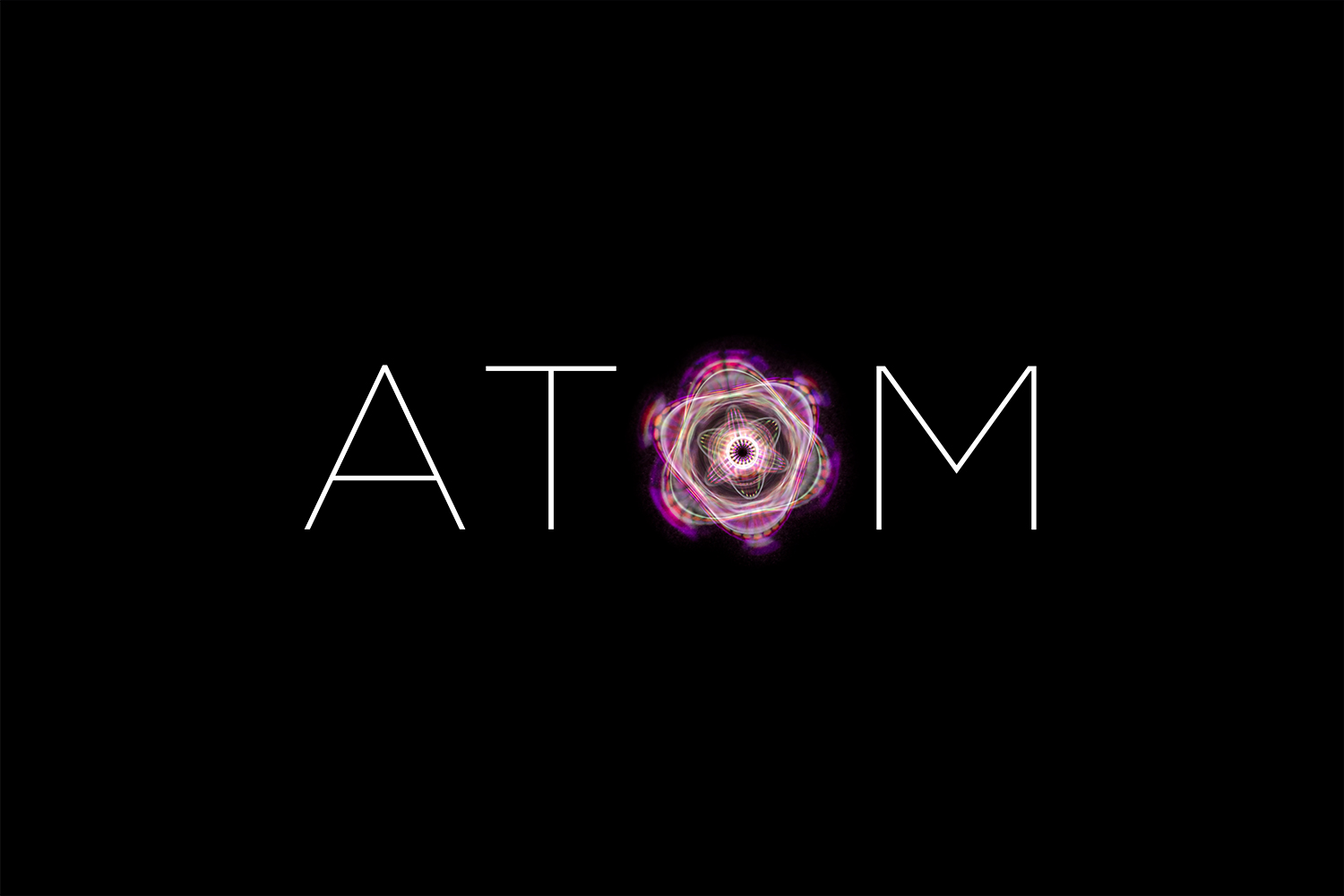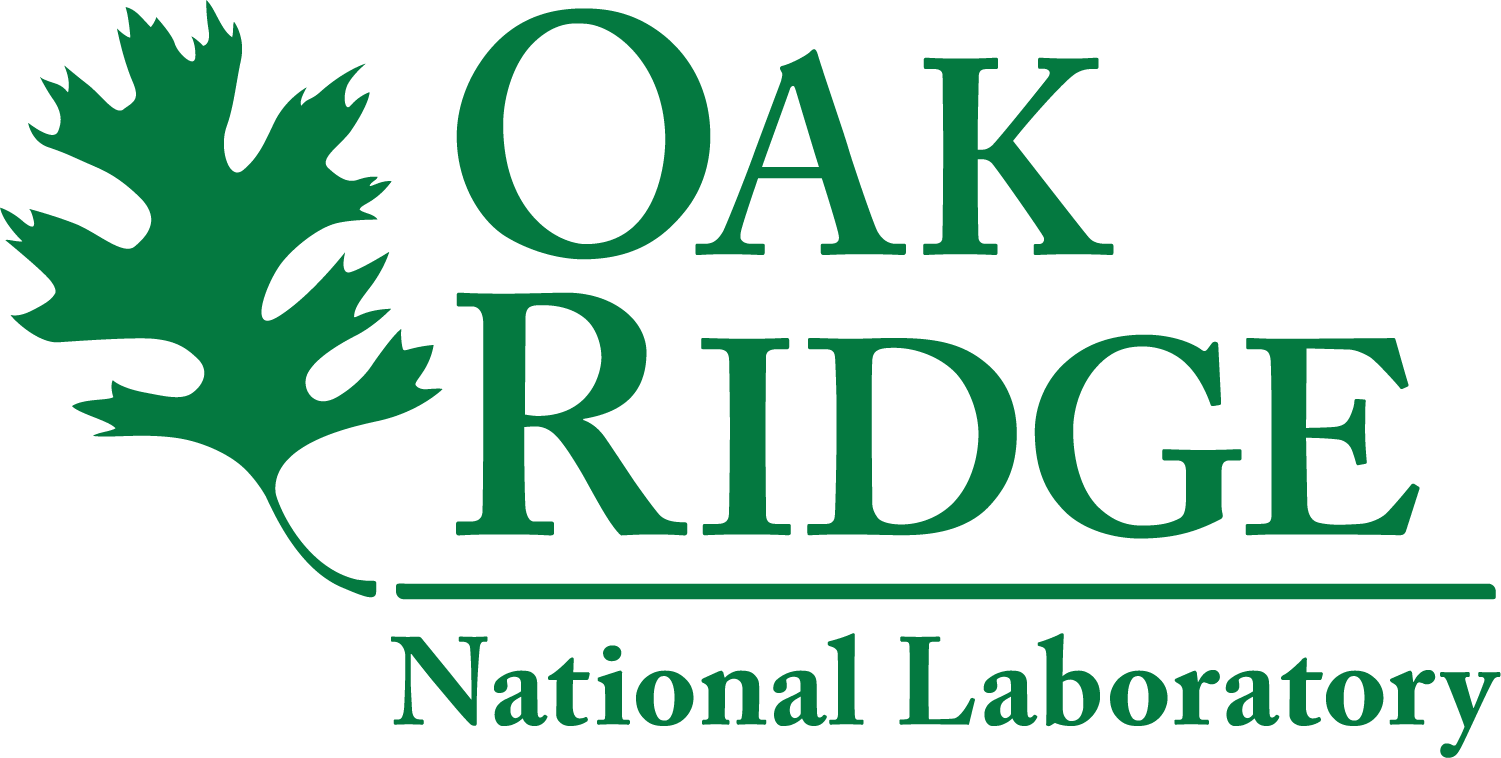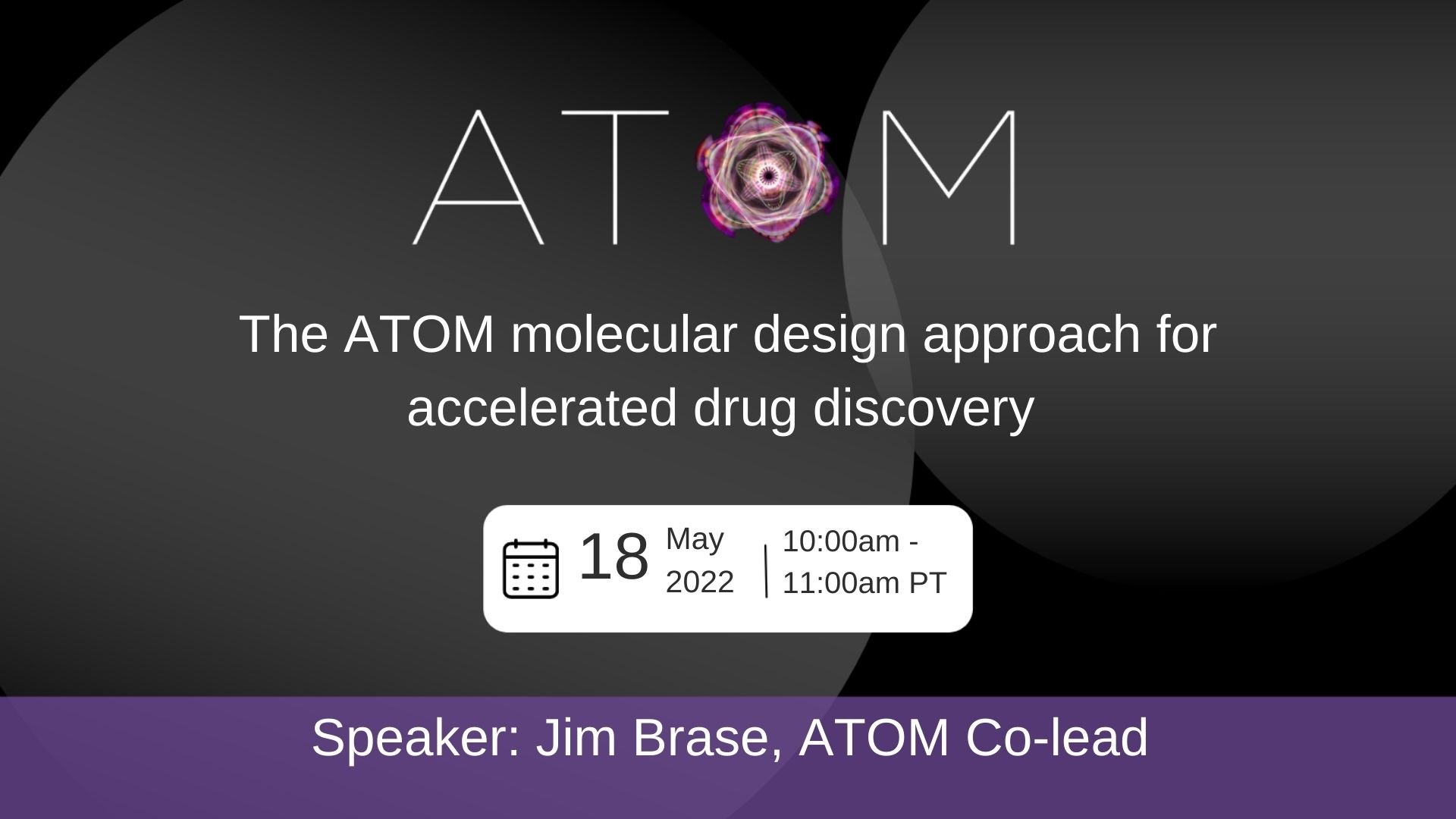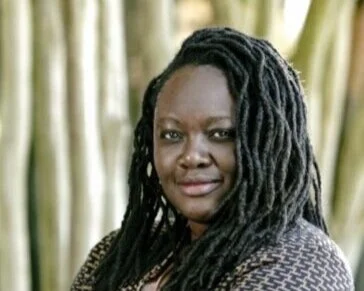About Us
Transforming drug discovery
The Accelerating Therapeutics for Opportunities in Medicine (ATOM) consortium is a public-private partnership with the mission of transforming drug discovery by accelerating the development of more effective therapies for patients.
History
In June 2016, GSK, the Department of Energy, and the National Cancer Institute announced their intent to create the ATOM partnership as one of the Cancer Moonshot task forces, with funding support under the 21st Century Cures Act.
The ATOM consortium was officially established in October 2017.
ATOM founding members are GSK, Lawrence Livermore National Laboratory, Frederick National Laboratory for Cancer Research, and the University of California, San Francisco.
In March 2021, the U.S. Department of Energy’s Argonne, Brookhaven and Oak Ridge National Laboratories joined the ATOM Consortium to further develop ATOM’s artificial intelligence (AI) - driven drug discovery platform.
Vision
Our goal is to transform drug discovery from a slow, sequential, and high-failure process into a rapid, integrated, and patient-centric model. We are integrating high performance computing, diverse biological data, and emerging biotechnologies to create a new pre-competitive platform for drug discovery.
What We Do
ATOM is developing a pre-clinical drug design and optimization platform that leads with computation to help shorten the drug discovery timeline. ATOM’s approach employs data-driven modeling and generative molecular design to determine design criteria that consider pharmacology, safety, efficacy, and developability in the context of lead optimization. ATOM’s active learning design platform aims to selectively incorporate results from mechanistic simulation and human-relevant experimentation to generate and optimize new drug candidates significantly faster and with greater success than conventional processes.
Consortium Members
UC San Francisco is providing expertise from a long-history of innovation in medicine and drug discovery combined with its strengths in cancer and translation of technologies and therapeutics to improve the lives of patients.
Frederick National Laboratory, on behalf of the National Cancer Institute, is contributing scientific expertise in precision oncology, computational chemistry and cancer biology, as well as support for open sharing of datasets and predictive modeling and simulation tools.
Lawrence Livermore National Laboratory is contributing its best-in-class supercomputers, including its next-generation system Sierra, as well as its expertise and innovative approaches to modeling and simulation, cognitive computing, machine learning, and algorithm development. More broadly, by applying high-performance computing to the ambitious problem of cancer therapy, the Department of Energy and National Nuclear Security Administration hopes to accelerate technologies vital to its core missions.
Argonne National Laboratory will leverage its Leadership Computing Facility to perform advanced simulations in life sciences, including molecular biology, microbiology, protein chemistry, bioinformatics, computational biology, environmental sciences and other scientific fields.
Brookhaven National Laboratory will contribute scalable high-performance computing frameworks and software that support optimal experimental design active-learning workflows for advanced simulations. These frameworks employ machine learning that can enhance cancer drug therapy research and design.
Oak Ridge National Laboratory will apply its unique capabilities in high-performance computing, data-intensive science and biological systems to examine the complex and dynamic interactions between candidate molecules and the human body, with the goal of boosting the success rate when molecules go to clinical trials.


































































































